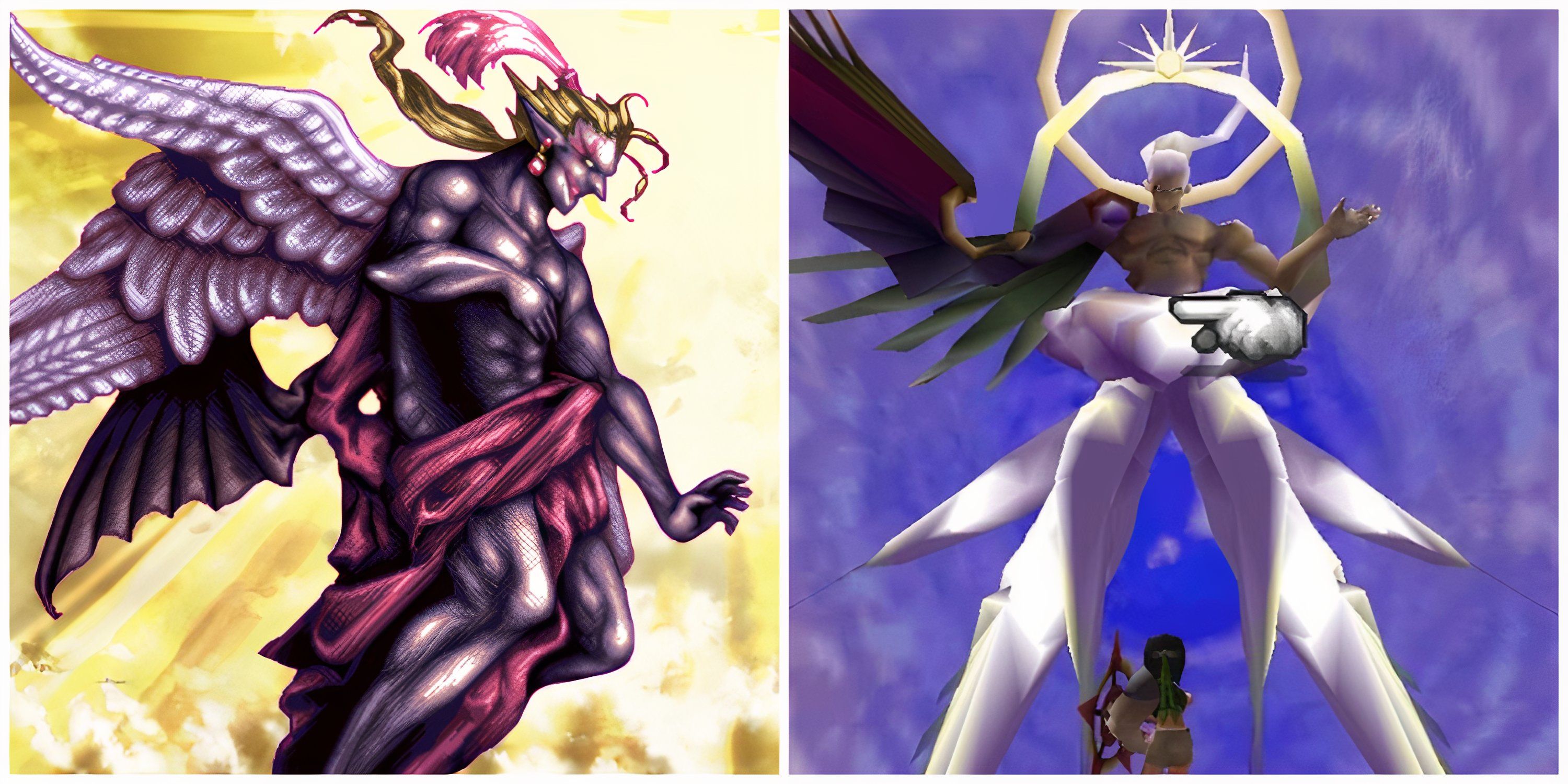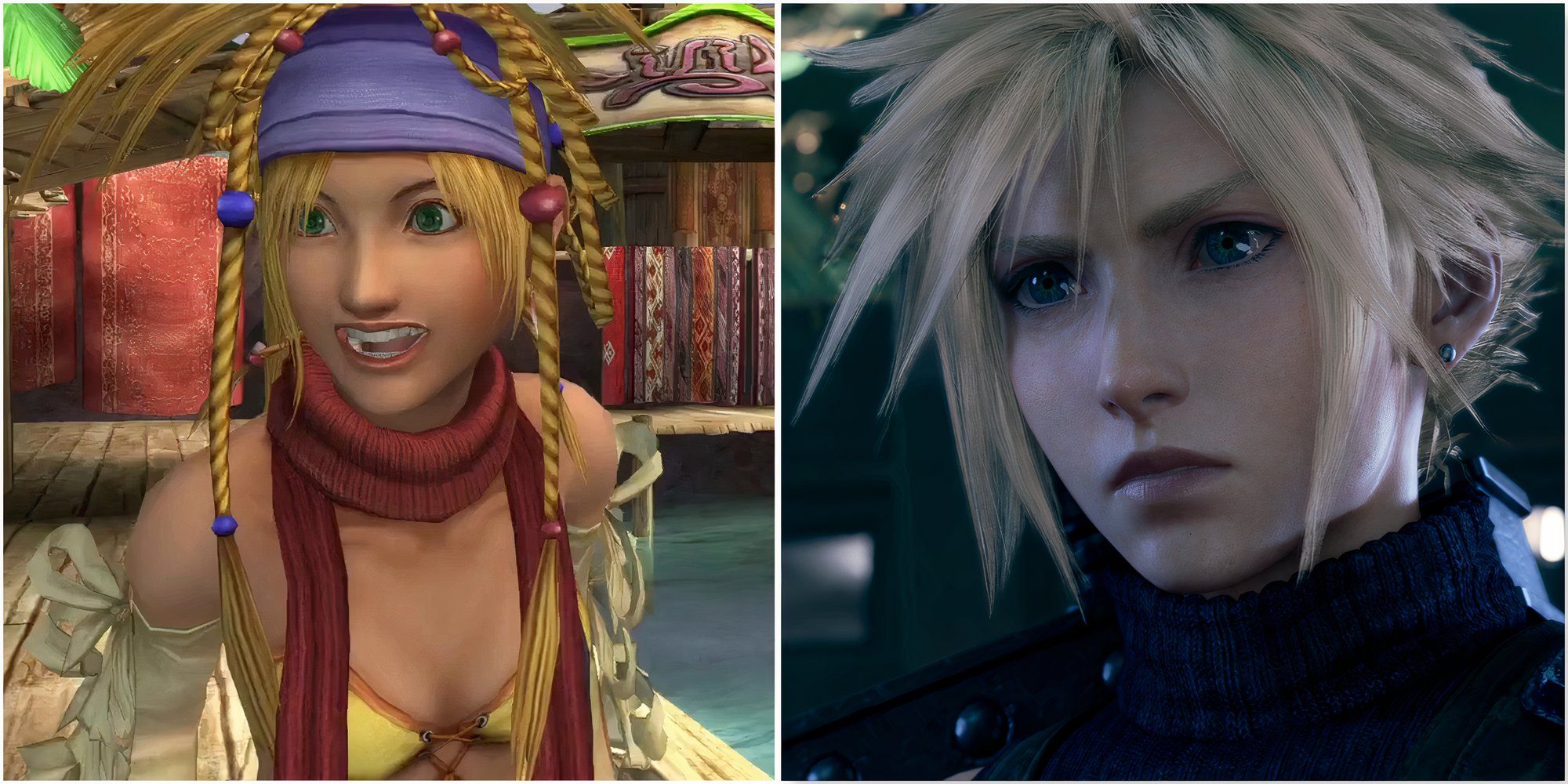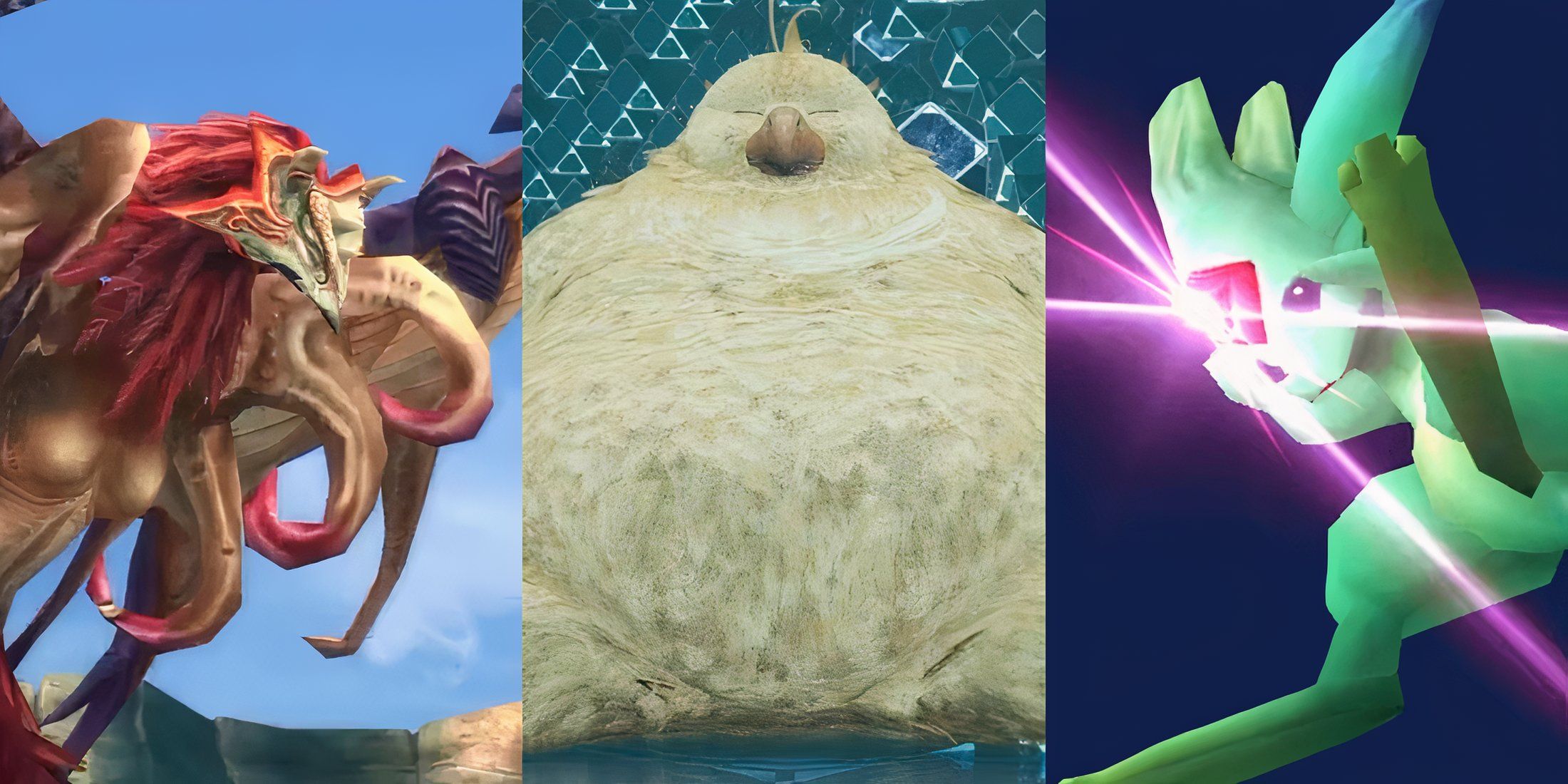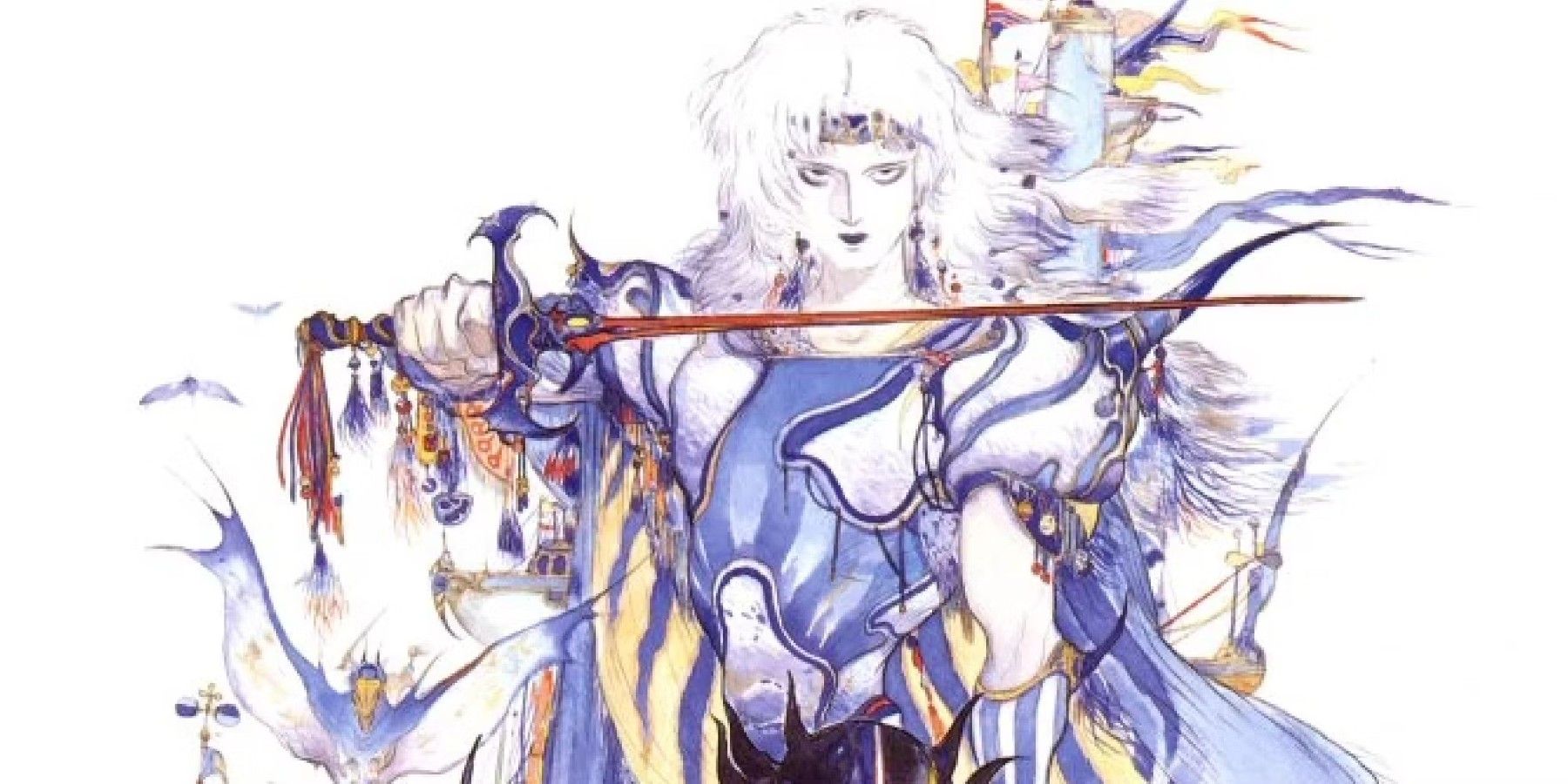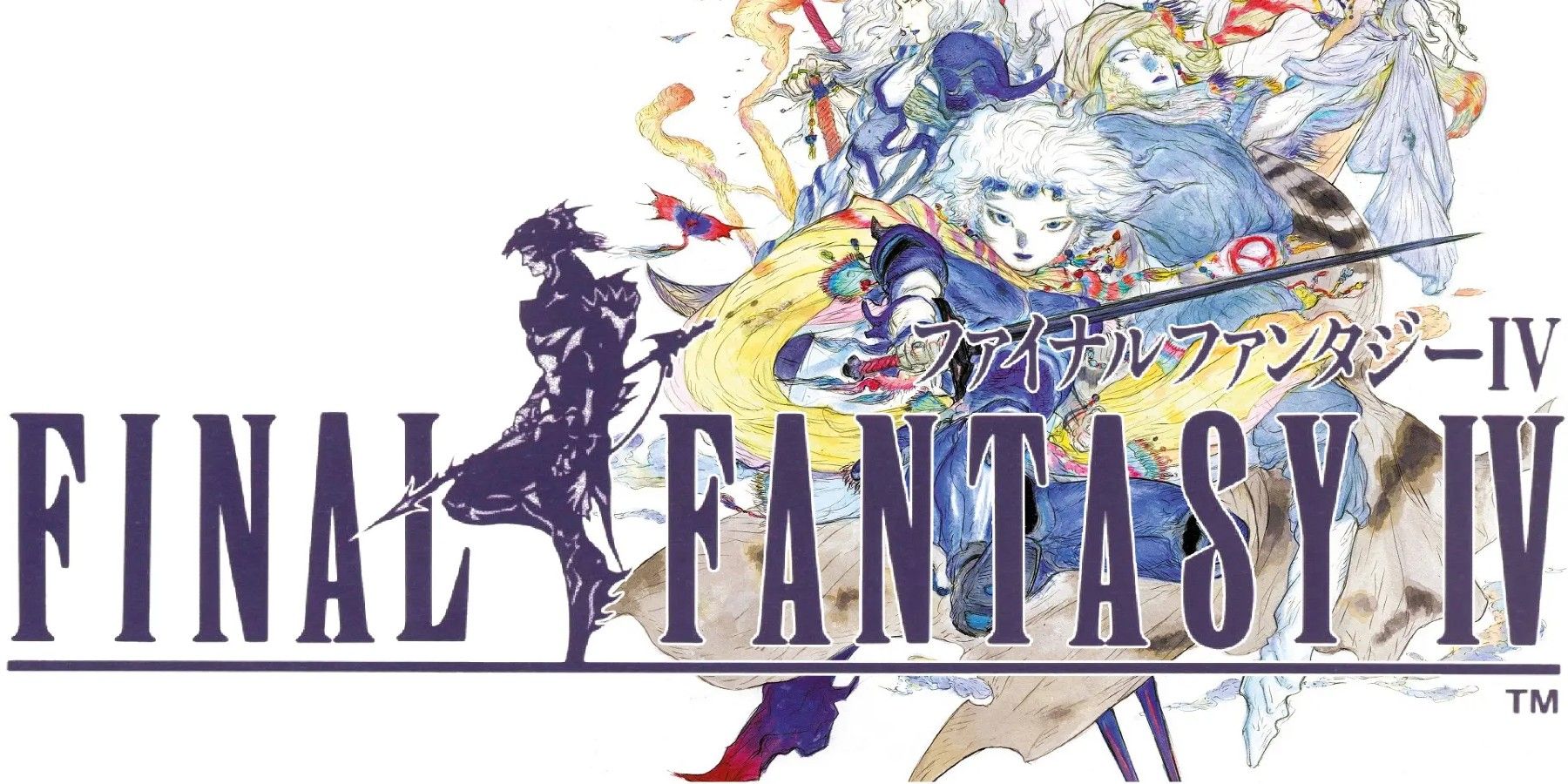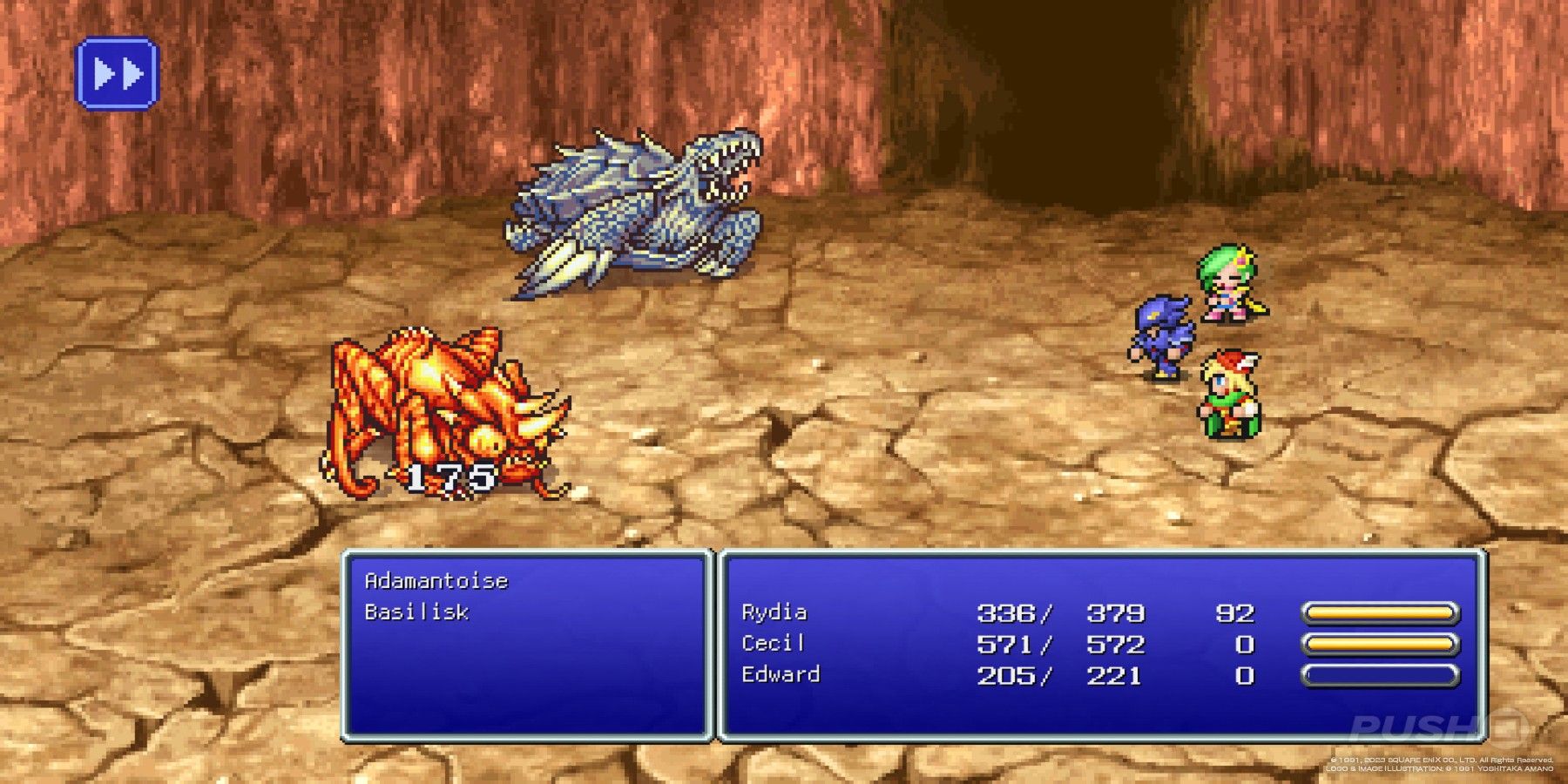Long before players got to experience Final Fantasy in 3D with the series entry that popularized JRPGs in the West, the very first next-gen Final Fantasy was released on the Super Famicom and Super Nintendo. Final Fantasy 4 marked the legendary RPG's first foray into 16-bit and set a new bar for the series moving forward. In addition to the ways that the game pushed the envelope regarding the emotional impact and gravity that a video game story could carry, Final Fantasy 4 featured a revolutionary battle system and mechanics that changed the RPG landscape in its wake.
With the first three titles in the Final Fantasy series released on the NES and Famicom, Final Fantasy 4 bore the unique position of bringing the series into the fourth generation of console hardware and established a high bar of quality that would only be surpassed by the final 16-bit entry in the franchise. The game also acted as a sequel of sorts for fans in the West as the first title to make it stateside after the NES original. Now, the upcoming release of Final Fantasy 16 is a clean break that warrants a look back at the original 'next-gen' Final Fantasy.
Final Fantasy 4 Set the Gold Standard for the Series' Narratives
The original Final Fantasy introduced players to the Warriors of Light—four blank-slate characters upon whom the player could imprint their own classes and names. While there was a story present in the original Final Fantasy, it was threadbare and told primarily through conversations with NPCs. Final Fantasy 2 introduced the series' first named protagonists and ancillary characters, but the third game in the series brought back the blank-slate approach to its heroes despite having a fleshed-out main story.
Final Fantasy 4 established a new bar of quality for the series. Centered around Final Fantasy 4's Dark Knight Cecil and his creeping doubts regarding his place in the world, the story of Final Fantasy 4 literally takes players to the Moon and back. The rivalry between Cecil and his best friend Kain, Kain's jealousy of Cecil and his unrequited love for Rosa, and the shocking revelation that the game's primary antagonist is actually the hero's long-lost older brother are just some of the plot threads in a narrative that represents some of the best soap opera-esque drama of any JRPG. More importantly, the complex and multi-layered narrative of Final Fantasy 4 established the series as one where the story was as important as gameplay.
The Active Time Battle System Changed RPGs Moving Forward
In addition to its excellent narrative that raised the bar of quality for Final Fantasy and other RPG series, Final Fantasy 4 also featured the Active Time Battle System -- the first in the series to receive its own name. Designed by now-legendary battle programmer Hiroyuki Ito, the ATB System was a radical change from what had been used in other contemporary RPGs up until Final Fantasy 4's development and release.
Instead of each character and enemy taking turns in a predetermined order based on speed stats, enemies could now attack while players made decisions in the turn-based menus, adding an element of tension to turn-based combat that didn't exist previously. The system proved to be so popular that it was adopted by every Final Fantasy moving forward until the changes implemented in Final Fantasy 12 (which also happened to be directed by Hiroyuki Ito).
For many longtime RPG fans in the West, Final Fantasy 4 was their first true love after being introduced to the genre with the great early works of Square and Enix in the original Final Fantasy and Dragon Warrior titles respectively. With Final Fantasy 16 seeking to shake up series traditions yet again, it's hard to not see a little bit of Final Fantasy 4's spirit carrying over into the future of the franchise.
Final Fantasy 4 Final Fantasy Pixel Remaster series and is available on PC, PS4, and Switch.

